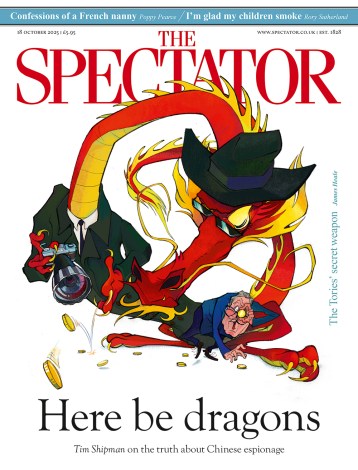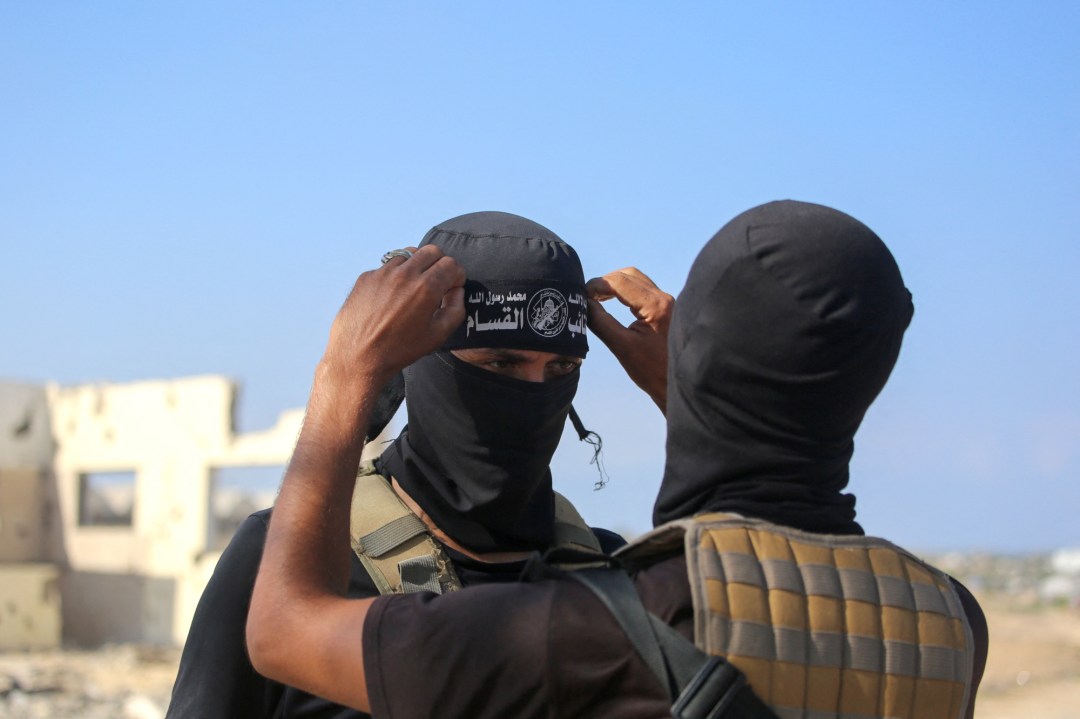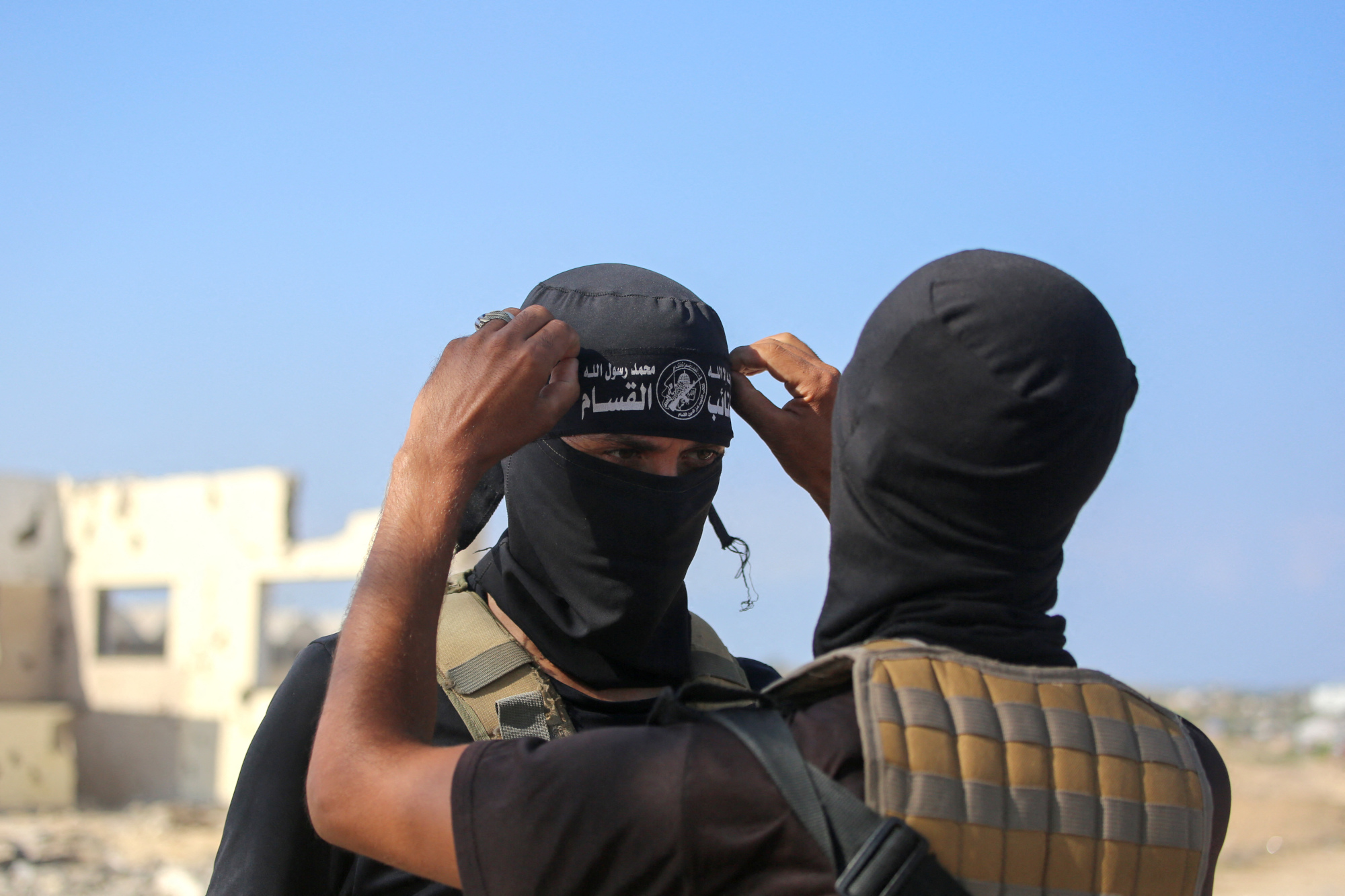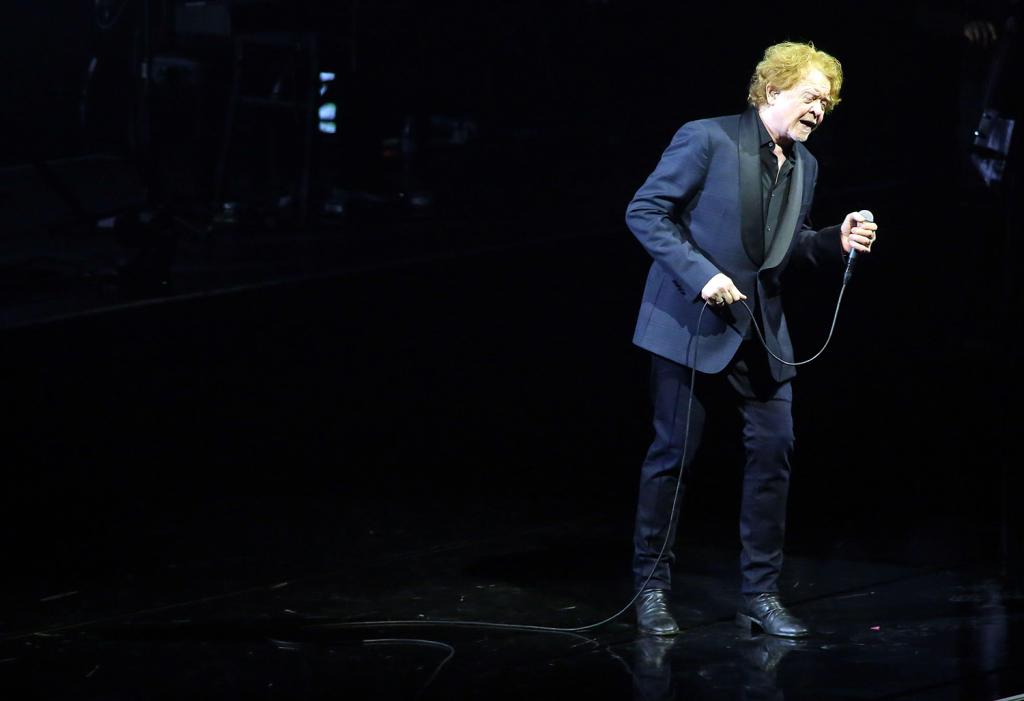As the ceasefire between Israel and Hamas came into force, perhaps Gazans thought they might finally get some brief moment of peace. If so, they were wrong. Almost as soon as the IDF withdrew to the new Yellow Line inside Gaza, the bullets started flying and Palestinians were once again being killed: but this time, it was Hamas pulling the trigger. Their first target: the Doghmush clan.
Until it took power in a coup in 2007, Hamas was essentially just the biggest armed gang in Gaza, and it hasn’t forgotten this
Like every society, Palestinian society has its faultlines that divide its people into different smaller groups. There’s politics: Hamas, Fatah, the Popular Front for the Liberation of Palestine, and so on. There’s faith: religious vs secular, Muslim and Christian. Another faultline is clans.
Clans are basically big extended families. Not every Palestinian family is part of a clan, and not every clan is prominent or powerful. But some clans are major power centres in their own right. As armed groups, the Gaza clans were able to operate independently in the chaos of war, often seizing humanitarian aid trucks for their own benefit and profit.
The Doghmush clan (it’s pronounced something like ‘Dormush’) supposedly originated in Turkey and moved to Gaza more than a century ago when it was under Ottoman rule. Reports from Gaza claim they’re basically an organised crime syndicate, selling drugs as well as smuggling guns – critically, guns that end up in the hands of factions other than Hamas.
The Doghmush clan has had a strange history. One part of the family founded an al-Qaeda affiliate, the Army of Islam, in Gaza back in 2006. That group acted partly as a rival to Hamas, kidnapping British journalist Alan Johnston from inside the strip in 2007. But it also worked alongside Hamas in a 2006 raid into Israel that resulted in the kidnap of Israeli soldier Gilad Shalit. The Doghmushes handed over Shalit to Hamas, who held him for five years. He was eventually released in return for more than a thousand Palestinian prisoners, including Yahya Sinwar, who went on to become the Hamas leader behind the October 7th attacks.
Hamas has clashed with the Doghmush clan before, but the ferocity of their attacks as the ceasefire began was a surprise. According to media reports, Hamas forces surrounded the Doghmush compound in Gaza City and opened fire, storming a residential area and sending residents fleeing. One resident told the BBC, ‘This time people weren’t fleeing Israeli attacks. They were running from their own people.’ A Palestinian Authority spokesman claimed Hamas used rockets and RPGs against the Doghmush compound, killing anywhere from 20-60 people according to different estimates.
The move against the Doghmush clan has been the most dramatic violent action Hamas has taken since the ceasefire, but it wasn’t the only atrocity. Hamas forces have been executing Palestinians in the streets of Gaza, claiming they’re traitors, collaborators, spies or looters. In several videos shared on social media, masked Hamas men are seen shooting bound and blindfolded people in the head.
There is one surprising defender of Hamas’s brutality: US President Donald Trump. On Sunday, asked about the killings, he said Hamas wants ‘to stop the problems, and they’ve been open about it, and we gave them approval for a period of time.’
On Tuesday, Trump defended Hamas again, saying they were only killing ‘very bad gangs …They killed a number of gang members. That didn’t bother me much, to be honest with you. That’s okay,’ he told reporters. US Central Command was forced to clean up afterwards, putting out a statement urging Hamas ‘to immediately suspend violence and shooting at innocent Palestinian civilians in Gaza.’
There are other clans in Gaza, some of which were allegedly armed or supported by Israel in an attempt to undermine Hamas’s control. There are new militias, notably Yasser Abu Shabab’s Popular Forces which openly worked with Israel and took control of parts of Rafah. Hamas has scores to settle with these clans and militias, some of whom are behind the ‘yellow line’ in what is currently Israeli-controlled Gaza.
In a functioning state, the government has a monopoly on large-scale violence. Gaza is not a state and its government, whether Hamas or the Palestinian Authority before it, never had such a monopoly. Until it took power in a coup in 2007, Hamas was essentially just the biggest armed gang in Gaza, and it hasn’t forgotten it.
Two years of war have diminished Hamas, but it’s still the strongest force in Gaza, able to dispense with its Palestinian enemies, now with the open backing of the President of the United States.
The Trump peace plan calls for Hamas to hand over control of Gaza and disarm. Officially, Hamas says it’s not giving up its guns but it claims to be ready to end its rule over the strip. But looking at its actions since the ceasefire with Israel, it doesn’t seem like Hamas is planning on giving up power at all.








Comments